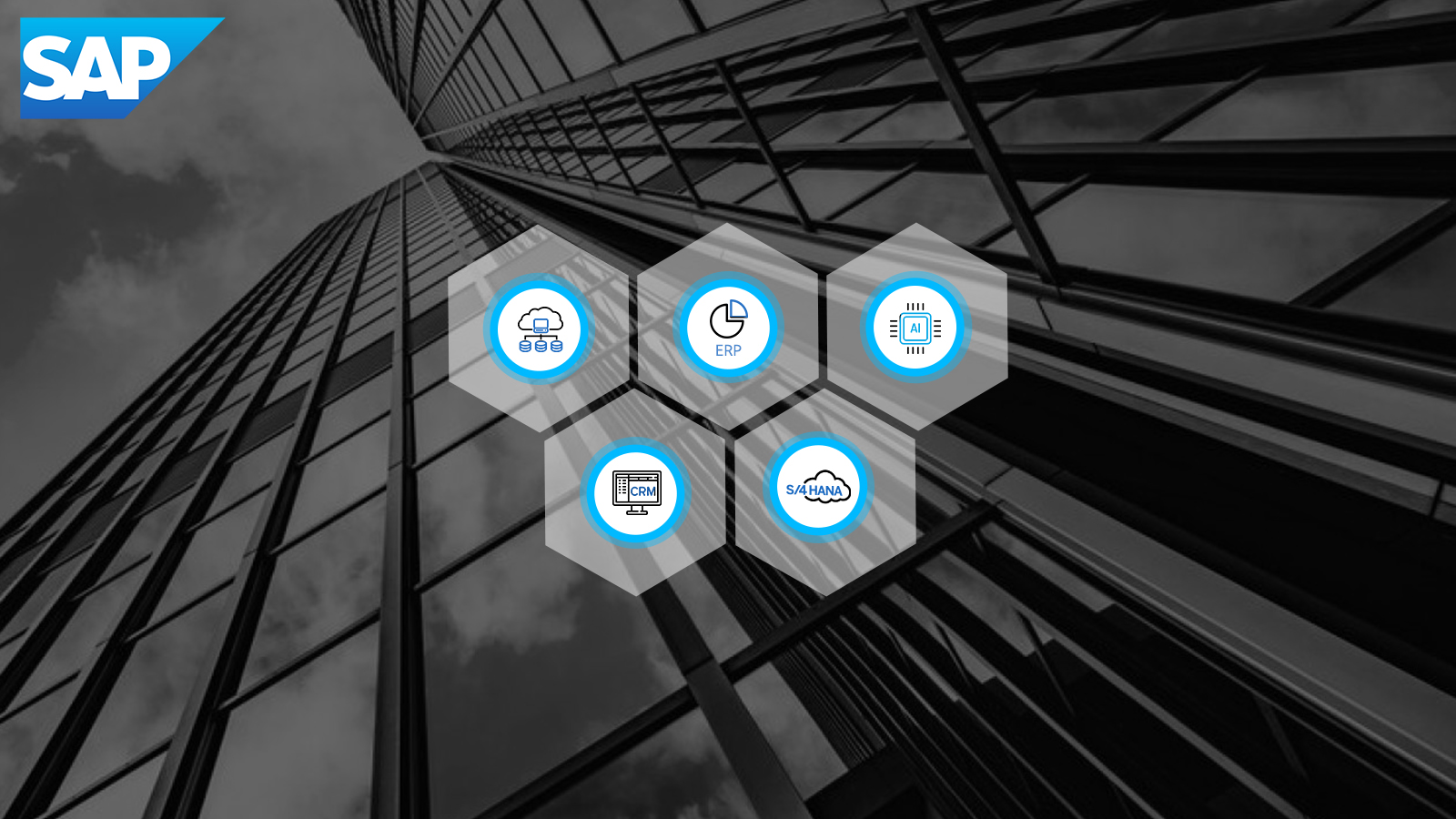SAP helps you build a strong foundation for your IT infrastructure. SAP ERP enables organizations to optimize their critical business functions such as supplier relationship management, accounting and financials, and enterprise performance management. This extremely powerful ERP system gives business deep insights into many important areas of operations. It has been a very successful and tightly integrated solution for over two decades. However, newer innovations such as S/4 HANA and SAP Leonardo are more modular and vital for building an intelligent enterprise for the future. Organizations not integrating SAP solutions run the risk of reduced business agility and business process inefficiencies.
SAP integration technologies
Several SAP integration and interface technologies exist simultaneously, such as Intermediate Documents or IDOCS, Business Application Programming Interface (BAPI) and SAP Java Connector (JCo) that facilitate seamless integration between SAP and non-SAP applications. There are over 600 IDOcs for sending messages between systems and querying for information that are generally well supported across versions.
Service oriented architecture (SOA) stacks
As opposed to the expensive and cumbersome point-to-point approach to SAP integration that offers rapid point-to-point integration between two specific applications that fails to offer additional touch points and tight dependencies, service oriented architecture (SOA) stacks allows for the creation of a robust integration architecture through orchestration engines, application servers and enterprise service bus to support the most use cases. SOA integration architecture allows organizations to create, consolidate and deploy services in a cost-effective way without the need of procuring additional applications. However, SOA can involve higher integration costs and multiple products that may need to be deployed and configured.
Enterprise Service Bus (ESB) architecture
Enterprise Service Bus (ESB) architecture is an advances SAP integration approach that can manage traditional SOAs to effectively transmit messages between applications and components. It serves as a unifier to receive and send information to other application elements. Standalone ESBs eliminate the risks associated with many other integration scenarios, and as such is regarded as the optimal solution for SAP integration.
SAP integration approaches
Integration is getting focus as businesses pursue a digital path to meet rapidly changing needs. Your integration path will depend upon the version of SAP your organization is running on. Below integration approaches are commonly followed by organizations all over the world.
Out of the box integration allows for readily usable integration components such as Master Data services and SAP Data Hub to easily connect a suite of applications.
Holistic integration utilizes integration solution advisory methodology (ISA-M) for end-to-end digitization. It makes use of a set of technology-agnostic integration use case patterns that can be mapped by enterprise architects to integration technologies in a customer context. It provides a collection of integration patterns for processes, data and IoT-centric integration data scenarios.
Open integration is essentially a pre-packaged integration scenario for integration enterprise apps as well as non-SAP data and processes.
AI-driven integration utilizes SAP processes’ embedded machine learning capabilities for providing content-based assistance and automation of processes.
Each integration style can be refined by use-case patterns and cross-use case patterns to leverage in-user or process-centric integration scenarios.
SAP cloud platform
SAP Cloud Platform Workflow can build or modify workflow applications rapidly. It provides for Master Data Service for master data integration by different cloud applications and Master Data Governance for enterprise-wide master data management. Its pre-built mediation capabilities allow for the aggregation, routing, signing and encryption of data. SAP Cloud Platform Business Rules can be used to externalize the business logic from the applications that the developers can use with the RESTful APIs.
Meeting ERP needs
A SAP development company can offer an enterprise multitude of applications such as SAP All-in-One, MySAP, SAP BusinessOne (a popular option for SMBs) and SAP ECC that can be adapted to meet a business’s ERP needs and make future integration in the cloud and hybrid landscape simpler. NetWeaver is the preferred tool for SAP ECC for moving data and triggering actions between SAP modules and third- party software.
SAP strategy with S/4 HANA
SAP landscape is continuously evolving and as business needs grow, SAP has begun moving toward Software as a Service (SaaS) model. A SAP application development company will need to accommodate future use cases to quickly build and integrate new apps with SAP for specific instances to create a solid implementation strategy. An important component of SAP strategy with S/4 HANA is the deployment of HANA Cloud Platform for SAP-certified third party platforms. Newer releases are integrated differently than the older ABAP-based releases. A trusted SAP development services company can bring much more value to an organization by ensuring appropriate integration solutions.
Future of SAP integration scenarios
SAP is also working on Process Visibility Dashboards and Scenario Models to provide end-to-end visibility across cloud, hybrid and on-premise landscapes for a comprehensive view of the processes in real time. Over time, SAP will support only HANA cloud platforms. Future public APIs will serve as the elementary basis to build integrations. Representational State Transfer (REST) and Open Data Protocol (oData) will become preferred protocols for these APIs.


 Parimal
Parimal


